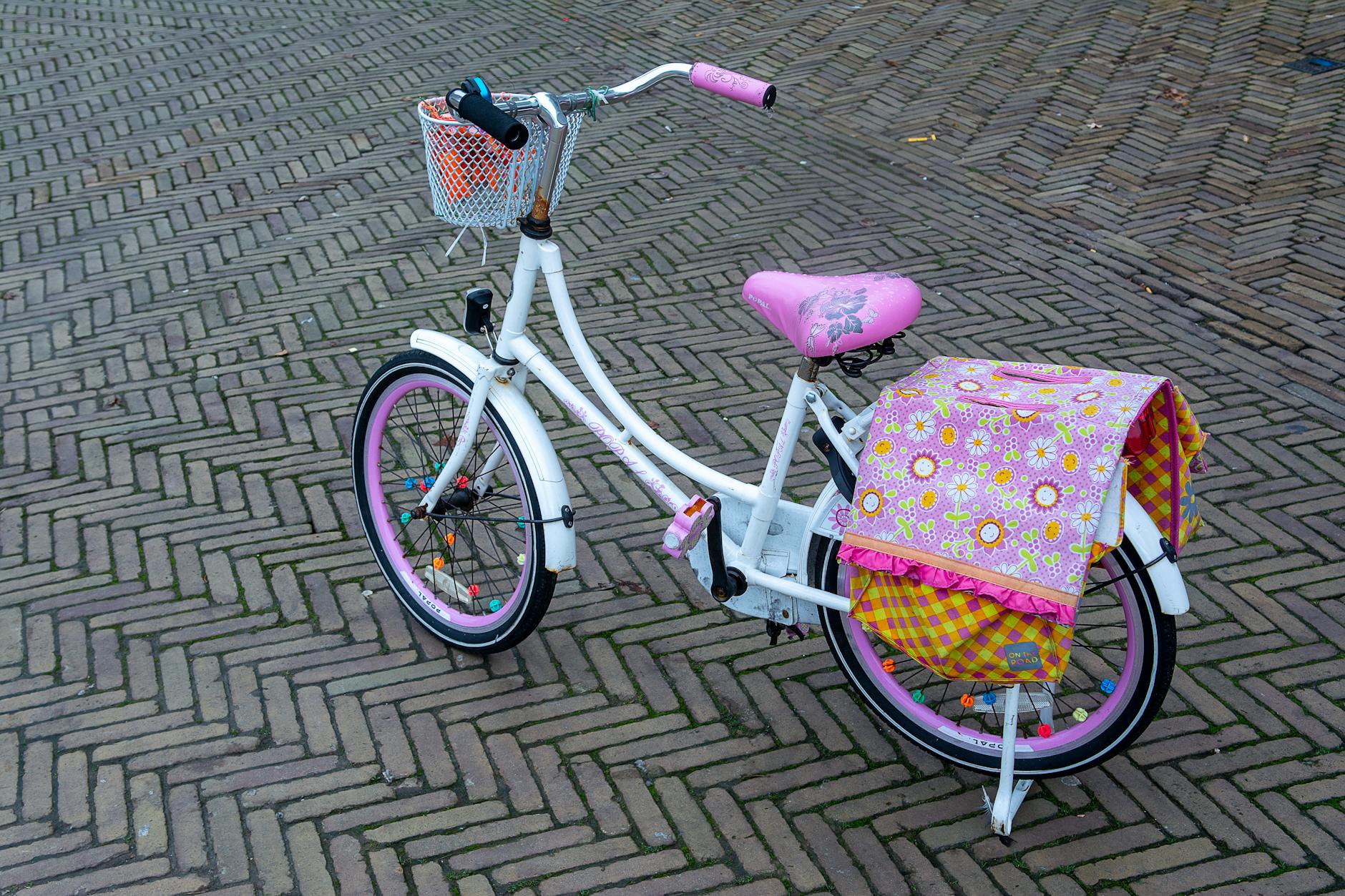Find out how to choose the perfect size bike for your little one and set them up for cycling success!
Table of Contents
Choosing the right bike size for your child is essential for their safety and enjoyment while cycling. In this guide, we will discuss how to find the perfect bike size for your little rider, along with important safety tips for cycling with kids. Additionally, we will provide recommendations for the best balance bikes for 2-year-olds.
Assessing Your Child’s Height and Inseam
Before selecting a bike for your child, it’s crucial to accurately measure their height and inseam. To measure your child’s height, have them stand against a wall and mark the highest point of their head. Use a measuring tape to determine the exact height in inches or centimeters.
Next, measure your child’s inseam by having them stand with their feet shoulder-width apart and measuring from the crotch to the floor. This measurement will help determine the ideal bike size for your child.
Refer to a sizing chart provided by bike manufacturers to match your child’s height and inseam measurements to the appropriate bike size. Keep in mind that different brands may have slightly different sizing guidelines, so it’s essential to consult the specific chart for the bike you are considering.
Consider the Bike’s Frame Size and Wheel Diameter
When choosing a bike for your child, consider the frame size and wheel diameter that will provide a comfortable and safe riding experience. Frame sizes vary based on the age and height of the child, with smaller frames recommended for younger riders.
Ensure that the frame size corresponds to your child’s inseam measurement for optimal comfort and control while riding. Additionally, select a wheel diameter that is suitable for beginners, such as 12-inch or 16-inch wheels for younger children.
By choosing the right combination of frame size and wheel diameter, you can ensure that your child’s bike is the perfect fit for their age and height, allowing them to ride confidently and safely.
Test Riding and Adjusting the Bike
Before making a final decision on a bike for your child, it’s essential to test ride multiple options to determine which one offers the best fit and comfort. Adjust the seat height and handlebars to ensure that your child can reach the pedals and handlebars comfortably while maintaining proper posture.
During test rides, pay attention to the stability and comfort of the bike, as well as your child’s ability to control and maneuver it effectively. A bike that feels secure and easy to ride will encourage your child to explore and enjoy cycling to the fullest.
Safety Tips for Cycling with Kids
When cycling with kids, safety should always be a top priority. Ensure that your child wears a properly fitting helmet and other protective gear to reduce the risk of injury in case of a fall or collision.
Teach your child about road safety rules, including the importance of stopping at stop signs, looking both ways before crossing the street, and using hand signals to indicate turns. Supervise younger children closely and set boundaries for where they can ride to ensure their safety.
Additionally, make sure that your child’s bike is equipped with reflectors and lights to increase visibility to other road users, especially when riding in low-light conditions. By practicing safe cycling habits and teaching your child about road safety, you can help them develop good habits and enjoy cycling safely.
Best Balance Bikes for 2-Year-Olds
Balance bikes are an excellent choice for toddlers who are just beginning to explore the world of cycling. These bikes teach children the fundamentals of balance and coordination, preparing them for transitioning to a pedal bike in the future.
When selecting a balance bike for your 2-year-old, look for features such as adjustable seat height, lightweight frame, and durable construction. Some top recommendations for quality balance bikes include Strider, Cruzee, and KaZAM, which offer a range of options for toddlers of different sizes and abilities.
Remember to maintain and store your child’s balance bike properly to ensure its longevity and safety. Regularly check the tires, brakes, and other components for wear and tear, and store the bike in a dry, protected area when not in use.
In conclusion, finding the right bike size for your child is crucial for their safety and enjoyment while cycling. By following the tips outlined in this guide, you can select the perfect bike for your little rider and ensure that they have a wheelie good time exploring the great outdoors.

